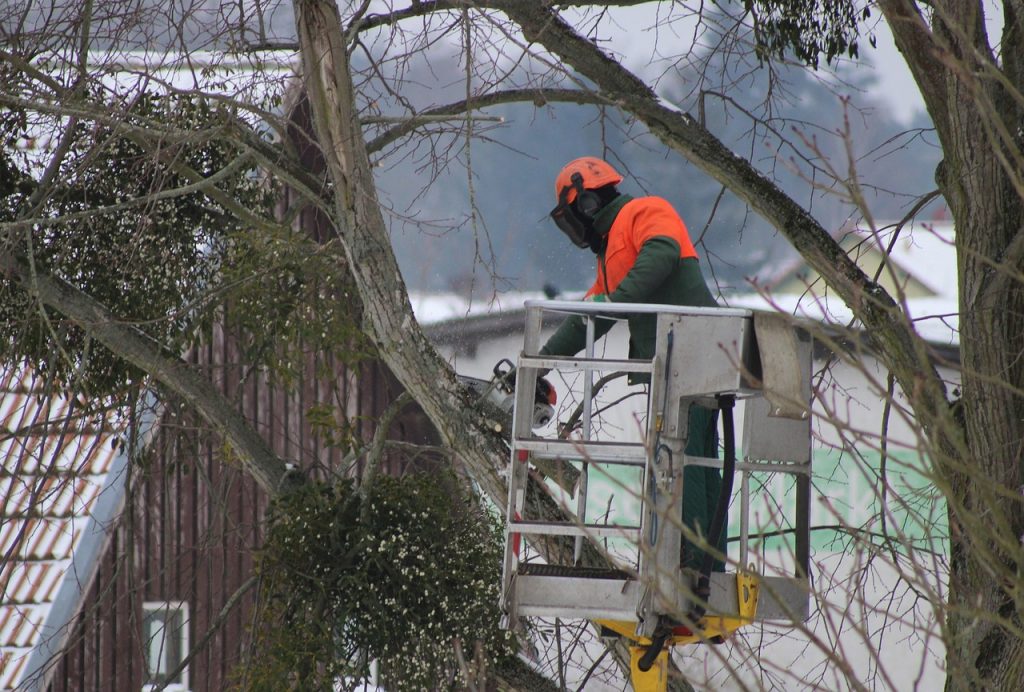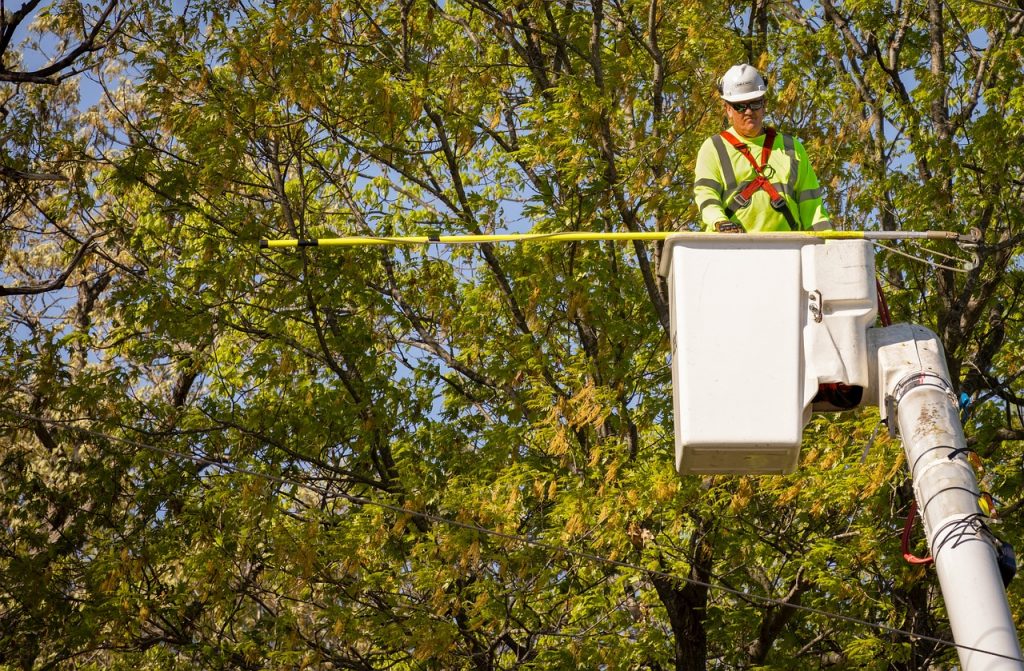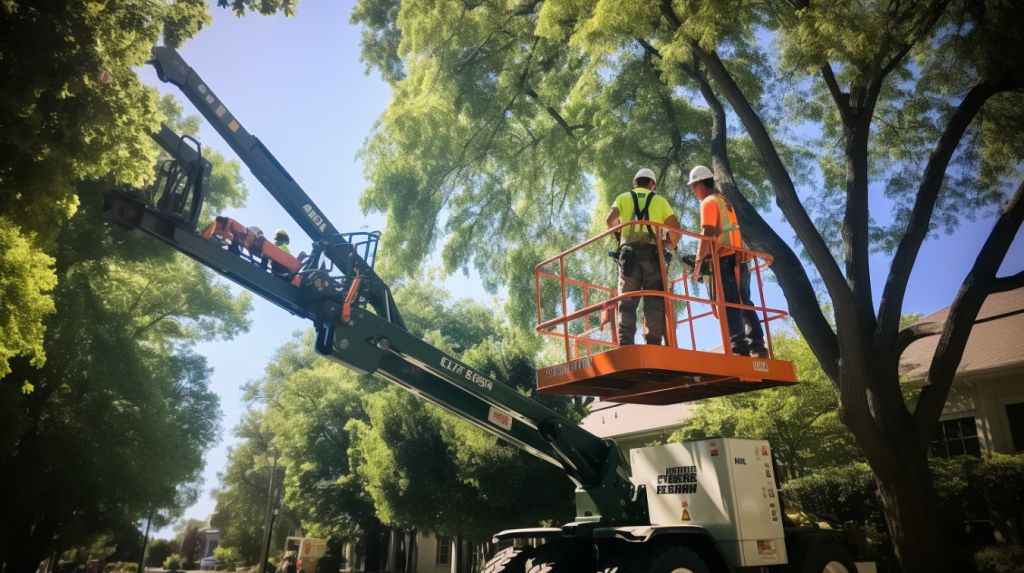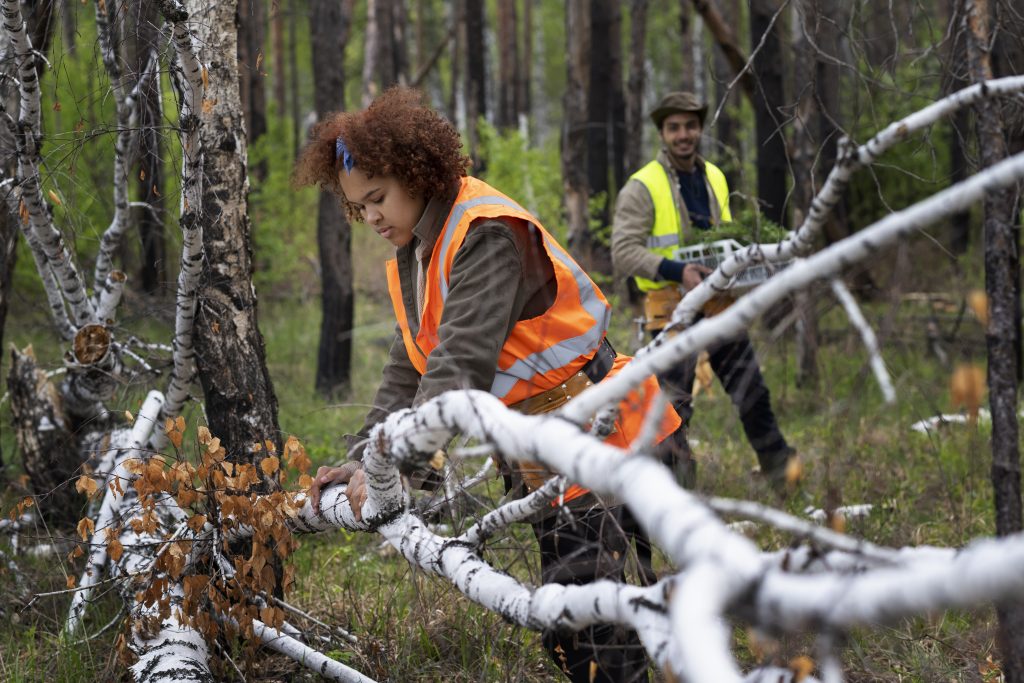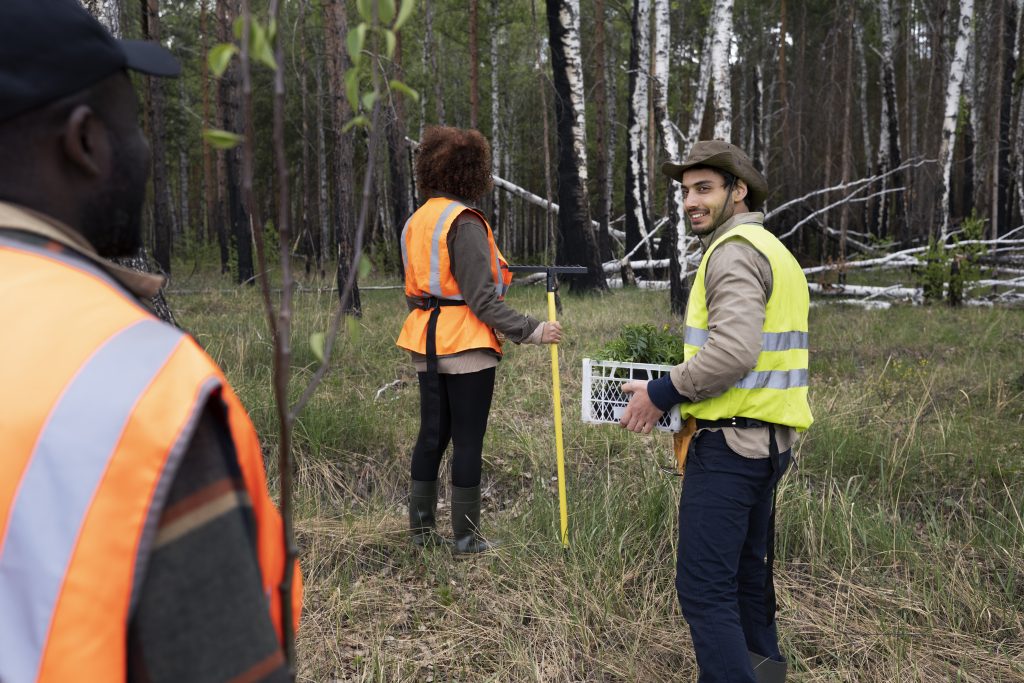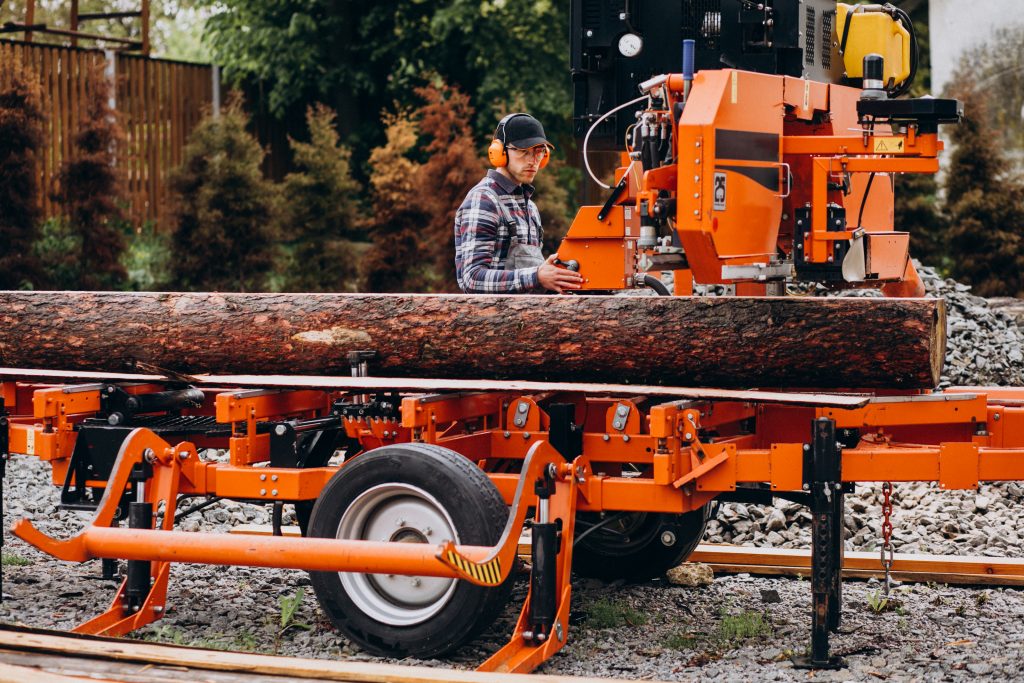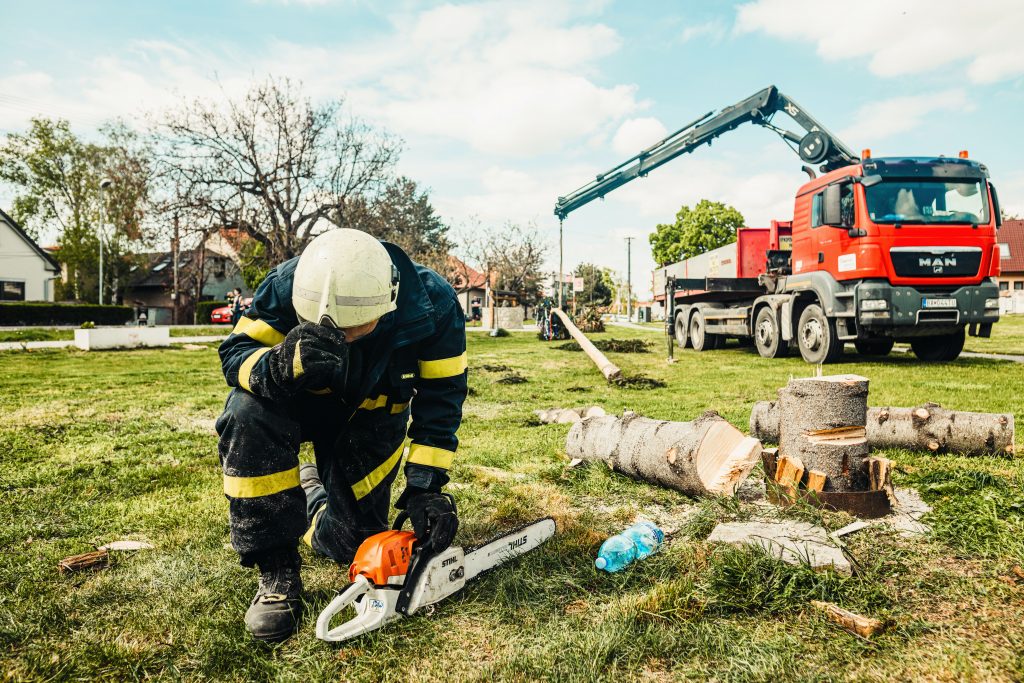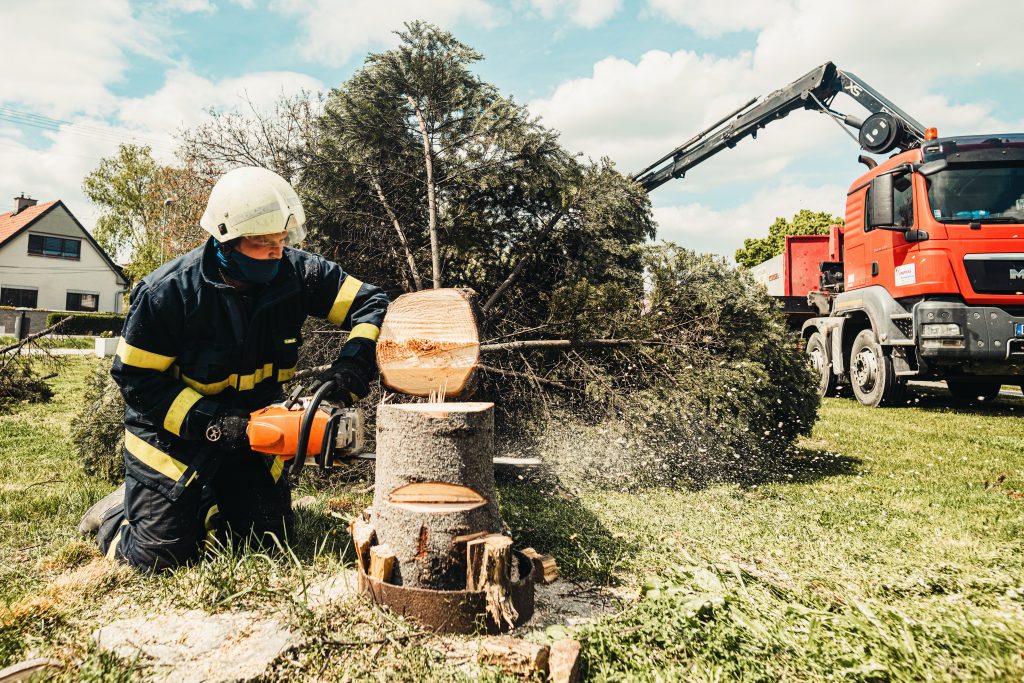How to Obtain a Construction Landscaping License?
How to Obtain a Construction Landscaping License?

Embarking on a journey to establish your own landscaping business is an exciting endeavor, but it’s important to navigate the regulatory landscape to ensure a successful and legally compliant operation. One of the fundamental aspects of starting a landscaping business is obtaining the necessary licenses. This article will delve into the intricacies of obtaining a construction landscaping license, detailing the step-by-step process, requirements, and essential considerations.
Understanding the Importance of a License
A license is a legal document granted by the state government that permits an individual or business to perform certain services within a specific industry. In the context of landscaping, a license grants the holder the authority to offer landscaping services, including landscape design, installation, maintenance, and construction. Licensing is a crucial element in the landscaping industry, as it assures potential clients that the business is qualified and adheres to established standards.
Researching State-Specific Requirements
The process of obtaining a construction landscaping license can vary significantly from state to state. It’s imperative to research the specific requirements set by your state’s licensing department or agency. Some states may require landscapers to hold a general contractor’s license, while others have a specialized landscaping contractor license. Understand the nuances of your state’s regulations before proceeding further.
Meeting Experience and Education Requirements
Many states impose experience and education prerequisites for obtaining a landscaping license. Commonly, a minimum number of years working in the landscaping industry is mandated. This requirement ensures that applicants possess the necessary knowledge and skills to provide quality landscaping services. Some states also mandate completion of a landscaping course or trade examination to demonstrate proficiency in the field.
Fulfilling Financial and Insurance Obligations
Securing appropriate insurance is a critical step in the licensing process. General liability insurance protects your business from financial loss resulting from property damage or bodily injury caused by your services. Workers’ compensation insurance covers employees in case of job-related injuries. Additionally, a surety bond may be required to provide clients with compensation if the work is not completed as agreed. Proof of business insurance and bonding is typically necessary during the application process.
Applying for a License
The license application process involves several key steps:
- Gather Necessary Documentation: Compile essential documents such as proof of experience, education certificates, insurance certificates, and any other required credentials.
- Complete Application Form: Fill out the license application form provided by your state’s licensing agency. Ensure accuracy and completeness to expedite the review process.
- Pay Application Fee: Most states charge an application fee to process your application. The fee amount varies from state to state and is typically non-refundable.
- Background Check: A background check is often conducted to assess your criminal history. Certain criminal offenses may affect your eligibility for a license.
- Examination: Some states require applicants to pass a trade examination related to landscaping. This examination evaluates your knowledge and proficiency in landscaping practices.
- Proof of Insurance: Provide documentation of your business insurance, surety bond, and other financial requirements.
The Role of Online Applications
In the digital age, many states offer online application platforms that streamline the process. Online applications allow you to complete forms, submit documentation, and pay fees electronically. This expedites the application process and reduces paperwork.
State-Specific Examples: Oregon and North Carolina
To provide a more in-depth understanding, let’s examine the licensing requirements for two specific states: Oregon and North Carolina.
Oregon:
In Oregon, contractors engaged in construction work, including landscaping, must obtain a license. The Landscape Construction Professionals Board oversees landscaping licenses in the state. Key steps for obtaining a license in Oregon include:
- Meeting experience and education requirements.
- Passing a trade examination.
- Providing proof of general liability insurance and surety bond.
- Submitting a completed application form along with the application fee.
- Completing a background check.
North Carolina:
North Carolina classifies landscaping under its general contractor licensing. Landscaping businesses in the state must adhere to specific requirements, including:
- Meeting experience and education prerequisites.
- Obtaining an Employer Identification Number (EIN) from the IRS.
- Passing a trade examination.
- Securing general liability insurance and workers’ compensation insurance.
- Registering with the North Carolina Department of Revenue.
- Submitting a license application and fee.
Additional Classifications and Considerations
Depending on the scope of your landscaping business, you may require additional classifications or licenses. For instance, if you plan to offer irrigation system installation, you might need a separate license for irrigation work. Similarly, if you intend to provide landscape design services, a landscape architect license might be necessary.
Navigating Business Structures and Taxation
Before applying for a license, decide on a suitable business structure. Sole proprietorships, limited liability companies (LLCs), and corporations are common options. Each structure has distinct implications for taxation, liability, and operational flexibility. Register your business entity with the appropriate state agencies and obtain any necessary permits.
Staying Abreast of Industry Trends
The landscaping industry is dynamic, with trends evolving rapidly. To stay competitive and compliant, continually educate yourself about the latest techniques, equipment, and regulations in the field. Joining industry associations such as the National Association of Landscape Professionals can provide valuable networking opportunities and resources.
Conclusion
Obtaining a construction landscaping license is a multifaceted process that requires careful attention to detail and adherence to state-specific regulations. By researching the requirements in your state, meeting experience and education prerequisites, obtaining the necessary insurance, and completing the application process, you can establish a strong foundation for your landscaping business. Remember that compliance with licensing regulations not only ensures legal operation but also instills confidence in your clients, ultimately contributing to the success of your venture in the landscaping industry.
About Salt Lake City, Utah
Salt Lake City is the capital and most populous city of Utah, United States. It is the seat of Salt Lake County, the most populous county in Utah. With a population of 200,133 in 2020, the city is the core of the Salt Lake City metropolitan area, which had a population of 1,257,936 at the 2020 census. Salt Lake City is further situated within a larger metropolis known as the Salt Lake City–Ogden–Provo Combined Statistical Area, a corridor of contiguous urban and suburban development stretched along a 120-mile (190 km) segment of the Wasatch Front, comprising a population of 2,746,164, making it the 22nd largest in the nation. It is also the central core of the larger of only two major urban areas located within the Great Basin.
Neighborhoods in Salt Lake City, Utah
Poplar Grove, The Avenues, Marmalade, Central City, Fairpark, Ballpark, Downtown, Capitol Hill, Woodbury, Neighborhood House, Rio Grande, The Neighborhood Hive, Rose Park Neighborhood Center, Neighborhood Services, Salt Lake City Community Development, University Neighborhood Partners, Airport East Business Park, Granary Row, Neighborhood Auto Service, Salt Lake City
Things To Do in Salt Lake City, Utah
Bus Stops in Salt Lake City, Utah to Truco Services, Inc.
Bus Stop in Greyhound: Bus Station Salt Lake City, Utah to Truco Services, Inc.
Bus Stop in Salt Lake Central Salt Lake City, Utah to Truco Services, Inc.
Bus Stop in Greyhound: Bus Stop Salt Lake City, Utah to Truco Services, Inc.
Bus Stop in Stadium Station (EB) Salt Lake City, Utah to Truco Services, Inc.
Bus Stop in South Salt Lake City Station Salt Lake City, Utah to Truco Services, Inc.
Bus Stop in 2100 S / 700 E (WB) Salt Lake City, Utah to Truco Services, Inc.
Bus Stop in Salt Lake Central Station (Bay A) Salt Lake City, Utah to Truco Services, Inc.
Bus Stop in 200 S / 1000 E (EB) Salt Lake City, Utah to Truco Services, Inc.
Bus Stop in South Salt Lake City Station Salt Lake City, Utah to Truco Services, Inc.
Bus Stop in 900 E / Wilson Ave (SB) Salt Lake City, Utah to Truco Services, Inc.
Bus Stop in Us Hwy 89 @ 270 S (N. Salt Lake) Salt Lake City, Utah to Truco Services, Inc.
Bus Stop in Courthouse Station Salt Lake City, Utah to Truco Services, Inc.
Driving Directions in Salt Lake City, Utah to Truco Services, Inc.
Driving Directions from Hidden Oak Tree Care to 4640 Commerce Dr, Murray, UT 84107, USA
Driving Directions from A Swedin Tree Expert to 4640 Commerce Dr, Murray, UT 84107, USA
Driving Directions from Atlas Tree Service to 4640 Commerce Dr, Murray, UT 84107, USA
Driving Directions from Diamond Tree Experts to 4640 Commerce Dr, Murray, UT 84107, USA
Driving Directions from Arbor+ to 4640 Commerce Dr, Murray, UT 84107, USA
Driving Directions from Integrated Tree Professionals to 4640 Commerce Dr, Murray, UT 84107, USA
Driving Directions from Urban Oaks Tree Service to 4640 Commerce Dr, Murray, UT 84107, USA
Driving Directions from Greenlite Tree Care to 4640 Commerce Dr, Murray, UT 84107, USA
Driving Directions from Heritage Tree Experts to 4640 Commerce Dr, Murray, UT 84107, USA
Driving Directions from Arborcare-Arborscape, Inc. to 4640 Commerce Dr, Murray, UT 84107, USA
Driving Directions from Arbornauts Tree Experts to 4640 Commerce Dr, Murray, UT 84107, USA
Driving Directions from Amen Trees to 4640 Commerce Dr, Murray, UT 84107, USA
Reviews for Truco Services, Inc. Salt Lake City, Utah
Marissa Burton
TruCo is a great company to work with for your commercial landscaping and snow removal needs! Rob is excellent to work with. He is very timely in providing quotes and has a lot of great feedback and suggestions to provide on what will look great, fit within your budget, and is knowledgeable on plants that will thrive with Utah's ever changing weather conditions. I have been impressed with TruCo's landscape maintenance as well as landscape projects which have had a quick turnaround time. I would highly recommend using TruCo!
Yvonne Olson
I experienced excellent all around service from landscape improvement design, scheduling and professional installation completed within the timeline we discussed. Rob, the manager does an excellent job of communicating, overseeing the install crew and making sure his customers are 100% satisfied with the job. Highly recommend TruCo for all landscaping needs.
Raymond Ferraro
Michael the tree guy is so smart. He knows all about tree removal, cutting and tree trimming services. Truco did amazing work for me. We had 16 very old and mature trees removed. The Truco team showed up on time ready to get the job done. They did amazing with clean up truly respect your property and your life. Communication was really good. They needed to move some things to get the stump grinder to our yard they put things back with no issues. Extremely professional and truly know what they're doing. If anyone is looking for professional tree removal or tree service you really should call Jason or Michael at Truco.
Heather Whiting
We hired TruCo to do a new install of sprinklers, sod, spigot, and bury downspouts. We even have a wifi transmitter for our control box we can access from an app on our phones! We absolutely love the professionalism and quality of their work!! Our sales rep Pete was the best to work with, we highly recommend him to anyone in the market for landscaping. It was awesome seeing the finished results and we're incredibly excited to enjoy our new space!
Jan Merideth
TruCo installed all of our plants, trees and shrubs, drip lines, and boulders. Then they installed our amazing beautiful firepit. We loved the results and they guarantee all plants and trees up to a year. They were great and easy to work with. They listened to our needs and wants and met them 100%. Our HOA sent us a letter telling us they appreciate all the work and the way our yard looks and let us know we added value to the property. Win/Win

